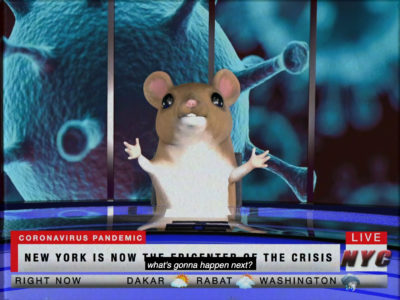Anonymity and Radicalized Movements on the Internet
Chloe Alexandra Thompson
// looking at a history of social media startups and forums of communication (twitter, FB, anonymous forums such as 4chan/reddit). // media can be used to track behaviors. data from a profile can be an easy tell of what kind of behaviors / activities / activism a person may engage in. // literacy as it pertains to cultural placement, interactions and organizing.
questioning based on current events: can we communicate on a wider than person to person scale without aiding that which we claim to oppose?
what is working for whom?
how is what we are posting online affecting those who share circles with us and who are members of vulnerable populations? when do we also become members of monitored groups or otherwise vulnerable through sharing and representation? how should we operate in the nu-realm of CIA hacked cellphones, social media presence providing a means for detainment at borders, and electronic communication placing people directly in harms way? should we withdraw from wide reach and unvetted readers to form collective forums of care / resource sharing / education? can we push for dialogue without the reward of a viewable transcript?
what is pushing for a dialogue, or doing actions with little record attached; is anonymity a goal to work toward while working for social change?
while contemplating routes to take in building a forum for community based organizing and communication i was looking at how we interact with various social media. it seems that most people interact with social media based on consumption of content. the more inter-personal relationships that are present on a given platform (be those IRL relationships or relationships with internet personae), and the more feedback is ready available (gains), the more they may interact with said platform.
i read a survey while navigating building a platform for communication that is outside of commercial ownership. 30.9% of those who responded to a question regarding having a distributable PIN rather than a screen name for contact (increased privacy and removal from association) stated that they were on the fence about this – which could be considered a means of placing convenience before privacy. collectively it seems we have turned our backs on the white pages and phone listings, opting instead to hand out emails and social media handles. why are we so ready to hand out our personal information under an assumption that our digital legacy is inherently removed from the personal when this is obviously not the case?
at this point i should acknowledge that nothing digital is private. the notion of privacy is quite flawed when we are using tools that can easily be accessed through hacking, subpoena, war-rant, or theft. in short, if the information that we are wanting to share could put someone in harms way, why are we sharing it in indelible ink with our IP addresses, social media handles and email addresses attached?
as a developer i have created databases to store and reference information. these can hold references for files, be used for tracking user profiles, posts, activities. databases are necessary to link information with people and store content. centralized modes of keeping data can be dangerous if the data is sensitive, not properly protected, and also affiliated with people directly and traceable (as most data is). thinking in terms of making a platform for radical communication, database security seems to be a priority; part of this security measure would include not being openly centered on political organizing as a strategy. existing alternative forums allow for this kind of activity to happen (diaspora, discourse, formerly ello, private servers, forums, etc.), without the provider constantly data mining, and selling information on the behavior of itʼs users.
this brings the work back to the idea of privacy. ideas of ownership and clout as it relates to ideologies / activist performance have become evident. social media becomes a direct link to capital socially, professionally, and monetarily. by stepping away from engagement with these platforms do we as people disappear? does our work and effort disappear? how do those who donʼt want to be a part of larger grassroots orgs (or for whom these donʼt exist) maintain and access larger networks of responsive people?
a model of communication / organization that i have found intriguing is 4chan / instances (anon)ymized forums. this forum is used to communicate through use of coded language, which sows seeds of shared ideals widely. the public facing shell is a community, and may also connect members to other sub-communities through mutual interests. these sub-com-munities may exist within similar websites, through facebook groups, closed servers, and/or in the dark net. these groups may / may not exist with any real agenda of organization.
4chan (/pol/) is an example of online ‘community building’ which has occurred outside of a centralized rhetoric of neoliberalism (or more realistically, renewing a historically centralized rhetoric of white supremacist heteronormative patriarchy); resulting in a large semi-organized grouping which can operate through some degree of chaos / disassociation. this looks like a group of individual folks enacting, raids, DDoS (denial of service attacks), trolling which potentially leads to doxxing, and sharing mis-information which is tailored to their wants en masse through output including memes, alt-right news sources and media, and slang which changes hate speech to avoid anti-trolling machine learning. the platform / pol/ created has been successful in engaging a large-enough-to-not-be-easily- trackable populous with a specific code of ethics and rhetoric. the results have been shown to create political change.i doubt that i am alone when i state that my personal opinion of 4chan is that it is a stew-ing ground for white supremacist actions, hate and disgusting behavior; unfortunately it is also a highly effective platform for radicalized communication.
we exist in a time where BIPOC voices are being silenced through comment removal on FB by “anti-racist” algorithms that are supposed to protect them, citizens are being held up at the border for their art practices, and visitors are being judged for entry based on their online presence. the idea of a platform which is removed from direct affiliation with the individual and is more concentrated on dialogue and action than recognition may be extremely valuable.
offline considerations in this time of polarization and censorship: publications, zines and other print media are highly valuable, art shows and works which include coded or implied dialogue around issues, and also real discussions of these issues will become even more important than they have been in the past. offering up art spaces to meetings, to protests, to community care, to residencies on activist art seem like somewhat viable options for progress. creating a more anonymous space centered around a new means of meme. a potential jumping off point being the creation of cover stories (or a coded language) for organizing resistance.
as a result of the work that our modern culture of hate has done to spread hate in coded language, there is now an open source program for finding this speech called Hatebase. Hatebase is a dictionary interface which uses text analysis of speech and written content (transcripts of spoken content [web, radio], tweets, and articles) and identification of hate speech patterns within it to predict potential regional violence, it is an “online repository of structured, multilingual, usage-based hate speech”.
this raises more questions: what can we do as artists, community members, and organizers to come up with a coded language to speak about safety while protecting people from institutional violence? how do we restructure our work without the privileges of “free speech” we have relied on for so long? how will these algorithmic means of tracking speech affect organizing in the future, and are they affecting it now? this writing raises more points of questioning than it does obvious solutions in hopes that subsequent dialogue can occur within communities that we are a part of.
contemplating assemblage: or a collection of tactics refusal: not based in denial ours is a history of embedded signifiers / constructs. see: coded language
radical: relating to or affecting the fundamental nature of something; far- reaching or thorough communication: means of connection between people or places, in particular.
context: the way we say things, and how the way we say things changes in different settings consider: context while interacting daily with devices of mass surveillance consider also: the privacy we give up for convenience reading list / jumping off points (2016): Dismaga-zine – Politics of Post-Representation, Wretched of the Screen: Hito Steyrel, Steyrel, The Intercept: The CIA Didnʼt Break Signal or WhatsApp, Frontiers in Human Neuroscience: Nucleus Accumbent Response to Gains in Reputation for the Self Relative to Gains for Others Predicts Social Media Use, Politico: World War Meme, Ben Schreckinger; MIT press, The World Made Meme: Ryan Milner, A Longitudinal Measurement Study of 4chanʼs Politically Incorrect Forum and its Effect on the Web: Gabriel Emile Hine et. all, Disclosing information about the self is intrinsically rewarding: Diana I. Tamir et. all
(2020 tools update): Encrypted Text / Call: signal.org/en/Encrypted Instant Messaging: riot.im Encrypted Docs: cryptpad.fr graphitedocs.com myBB Self-Hosted Forum Security Guide: docs.mybb.com/1.8/administration/security/ protection/ Discord Pod-Based Social Network / Community: https://discord.com/ Cyber-Security for “Dummies” paloaltonetworks.com/content/dam/pan/en_US/assets/ pdf/education/cybersecurity-for-dummies.pdf Tor Browser: https://www.torproject.org/ download/ VPNs https://www.comparitech.com/blog/vpn-privacy/the-best-vpns-for-tor/


 Cross-pollinating Post-Internet ideologies with an over quoted Zen Buddhist proverb results in the hybrid quandary: “If your art gets less than 20 likes did anyone see it?”
Cross-pollinating Post-Internet ideologies with an over quoted Zen Buddhist proverb results in the hybrid quandary: “If your art gets less than 20 likes did anyone see it?”

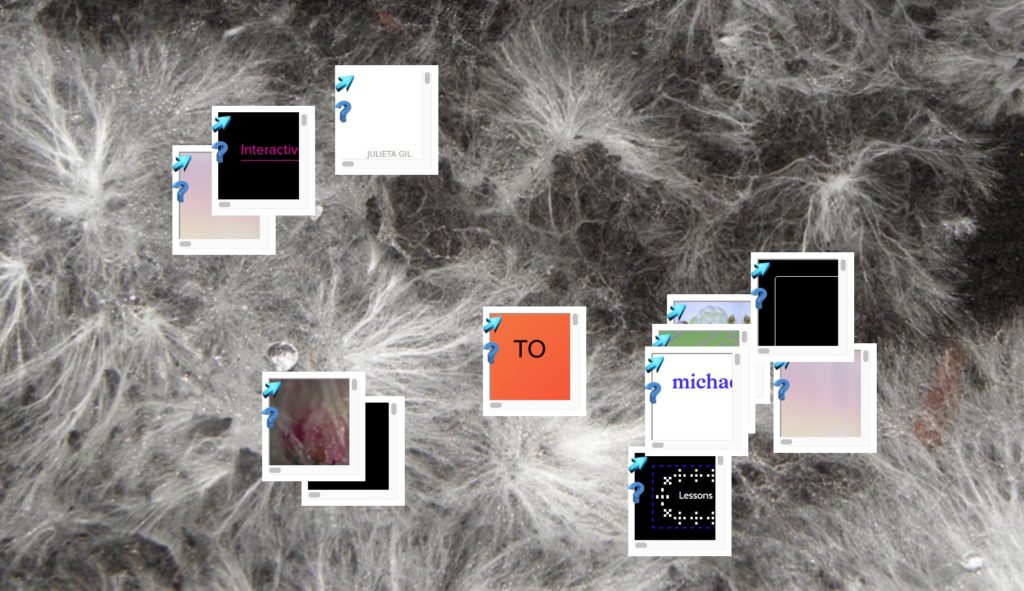

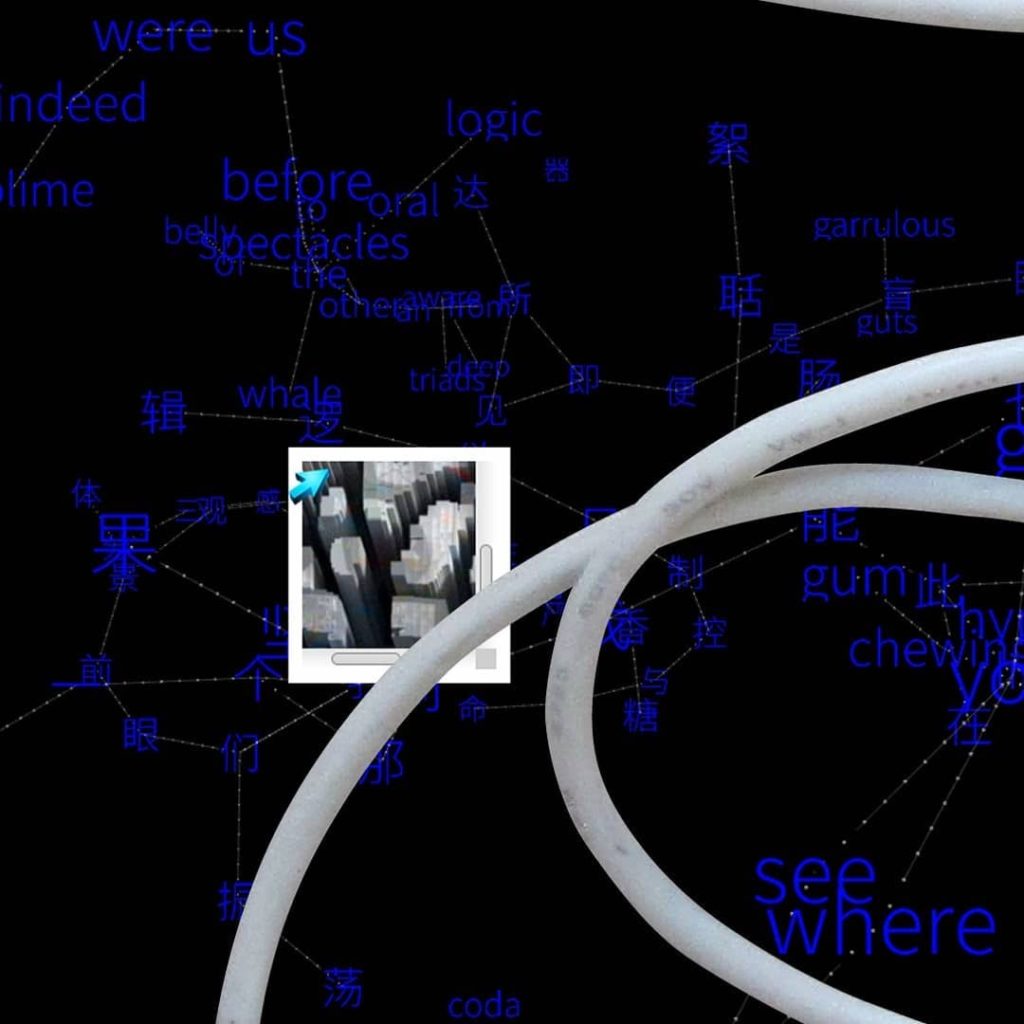



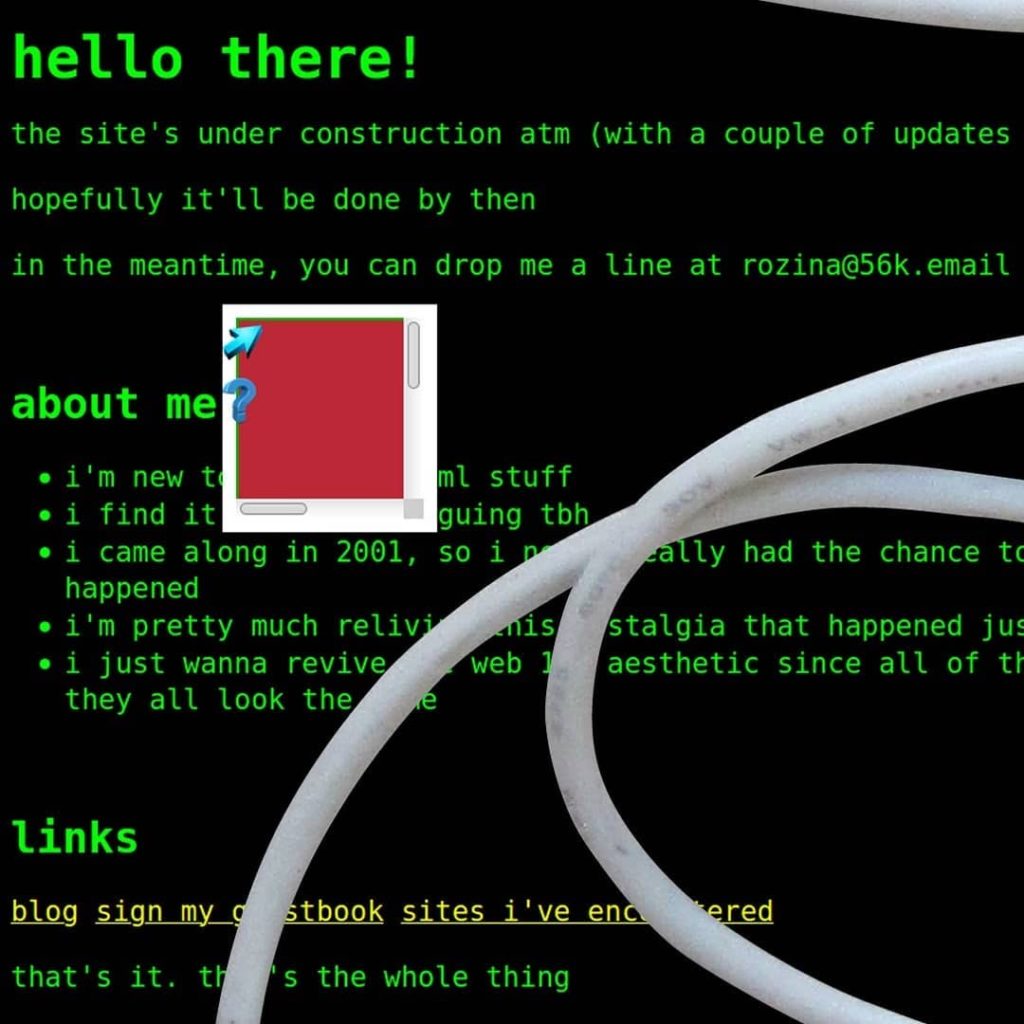
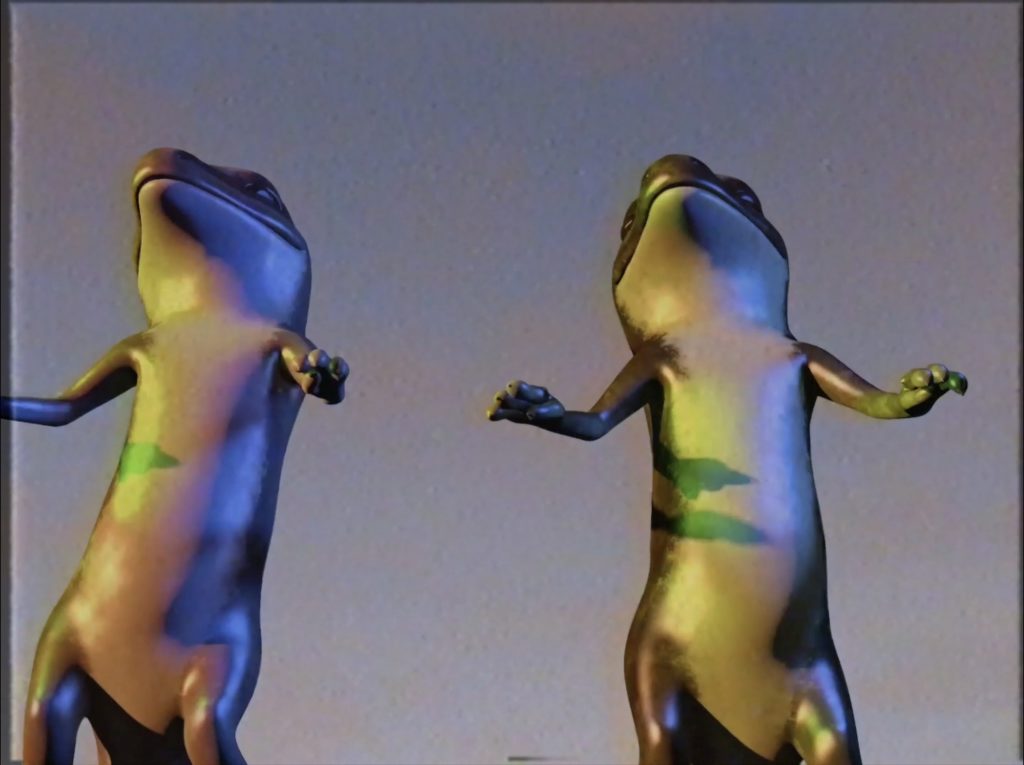 Meriem Bennani and Orian Barki’s 2 Lizards (2020) is an Instagram-based video series which was released by the Brooklyn-based artist-filmmakers from the beginning of lockdown until early July. The videos, nuanced by an emotive soundtrack, are a diaristic portrayal of two anthropomorphic lizards in isolation who navigate the various seismic changes of 2020.
Meriem Bennani and Orian Barki’s 2 Lizards (2020) is an Instagram-based video series which was released by the Brooklyn-based artist-filmmakers from the beginning of lockdown until early July. The videos, nuanced by an emotive soundtrack, are a diaristic portrayal of two anthropomorphic lizards in isolation who navigate the various seismic changes of 2020.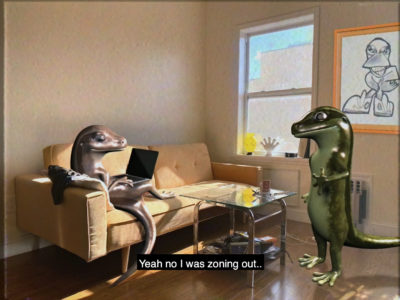 As we watched the lizards navigate an eerily empty New York City in their lowkey way, the pace of the videos seemed to mimic the zoned-out, distracted way we scroll through Instagram. The volume and plurality of information, coupled with the temporally expansive experience of scrolling can mask the rigid organisation of our feeds. A combination of unseen but predictable algorithmic desires (desires conditioned by pre-determined algorithms) influence the affect of image-based information. This predetermined process has underscored most recent online cultural consumption and shaped the architecture of our lives in insidious ways. How can an economy produced by likes, comments and digital traffic be undercut by content or user behaviour? This question remains at the core of an aspiration to redistribute and decentralise information. Very much a product of its context, 2 Lizards both relied upon and navigated this architecture.
As we watched the lizards navigate an eerily empty New York City in their lowkey way, the pace of the videos seemed to mimic the zoned-out, distracted way we scroll through Instagram. The volume and plurality of information, coupled with the temporally expansive experience of scrolling can mask the rigid organisation of our feeds. A combination of unseen but predictable algorithmic desires (desires conditioned by pre-determined algorithms) influence the affect of image-based information. This predetermined process has underscored most recent online cultural consumption and shaped the architecture of our lives in insidious ways. How can an economy produced by likes, comments and digital traffic be undercut by content or user behaviour? This question remains at the core of an aspiration to redistribute and decentralise information. Very much a product of its context, 2 Lizards both relied upon and navigated this architecture.